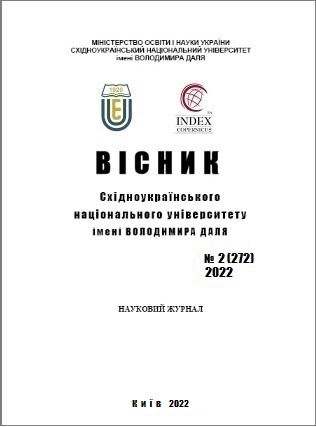Development and use of ejection type mixing devices
DOI:
https://doi.org/10.33216/1998-7927-2022-272-2-106-109Keywords:
sulfonation, chlorination, ozonation, flow coefficient, self-priming mixer, indanthrone, anthraquinone, alkyl benzeneAbstract
Reaction vessels with mixing devices are often used in the chemical and petrochemical industry for gas-liquid mass transfer processes in which the mixing has a decisive influence on the process. During the rotation of the mixer in the tank, flows with different speeds and directions are generated, which cause turbulent and circulation currents the intensity of which depends on the constructive features of the mixing device, rotation speed and properties of the mixed fluid.Most recently, in tank vessels designed for gas-liquid reactions, self-sucking mixers have been used as mixing devices, which, according to the authors, are more efficient due to the fact that the carrying out of these processes in proposed reactors does not require any extra capacity in addition to reagent gas feeding lines or an extra stage for exhaust gas purification which would make the process scheme more complicated. This is especially noticeable when using reaction vessels with self-sucking mixers for carrying out sulfonation reactions of aromatic hydrocarbons with sulfur trioxide-air mixtures or in chlorination of hydrocarbons with gaseous chlorine, the quality of which reactions affects the yield of the end product. The new self-sucking mixing devices is proposed, in addition to their main function – absorption and distribution of gas reagent – must perform a rational distribution of the energy introduced into the reaction zone in accordance with the specific processes and provide an initial contact of reagents under positive displacement conditions. Such conditions can be created by means of self-sucking mixers by placing within a hollow rotor of ejection membrane which allows both the gas and fluid reagents be sucked simultaneously. Also, the great interest is the issue of mixing power determination of mixers designed for processes in gas-liquid systems, which can be an essential component in designing reaction vessels using effective mixing devices of self-sucking type for both liquid and gaseous phases. For this reason, the mixing power calculation of self-sucking mixers for gas-liquid processes is an important part in the design of reaction vessels.
References
1.Войнов Н.А. Современные проблемы и методы биотех-нологии: Красноярск: ИПК СФУ, 2009. 418 с.
2. Metods of Mixing Liquids and Apparatus therefor . пат 1104032 Великобритания. МПК В01F. опубл. 21.02.68
3. Бальцежак С.В. Гидродинамика и массоотдача в жидкой фазе у границы газ-жидкость в двухфазных (газ-жидкость) и трехфазных (газ-жидкость-твердое тело) системах в барботажных аппаратах с механическим пе-ремешиванием. дис. канд. техн. наук: 05.17.08, 1982. 205 с.
4. Шабрацкий В.И., Мартыненко Н.А. Сульфирование уг-леводов в производстве сульфонола НП-3. Химия и хи-мическая технология. 1987. (№ 4) С. 36-38.
5. Пристрій для перемішування рідин пат 60097 Україна Опубл. 2011 р., Бюл. № 11.

